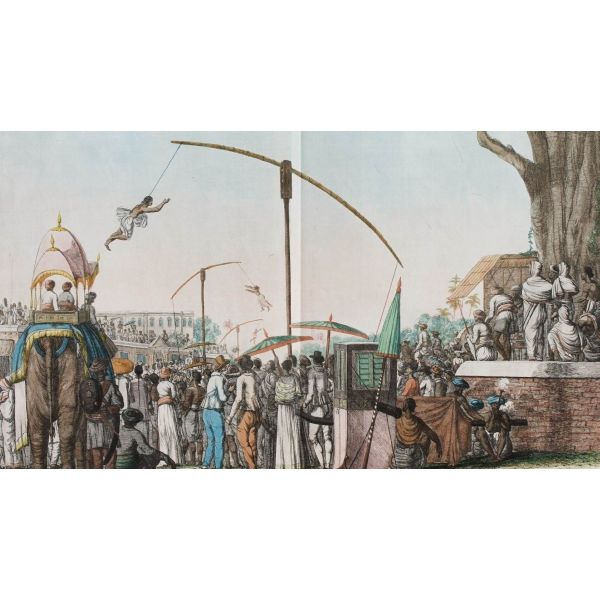Search results for: 'DAG B'
-
 Teaching Through ArtBattles for Freedom: 1857$1.00
Teaching Through ArtBattles for Freedom: 1857$1.00A creative enquiry tool that explores the events leading up to and during the revolt of 1857.
Learn More -


A creative enquiry tool that explores the events leading up to and during the revolt of 1857.
Learn More